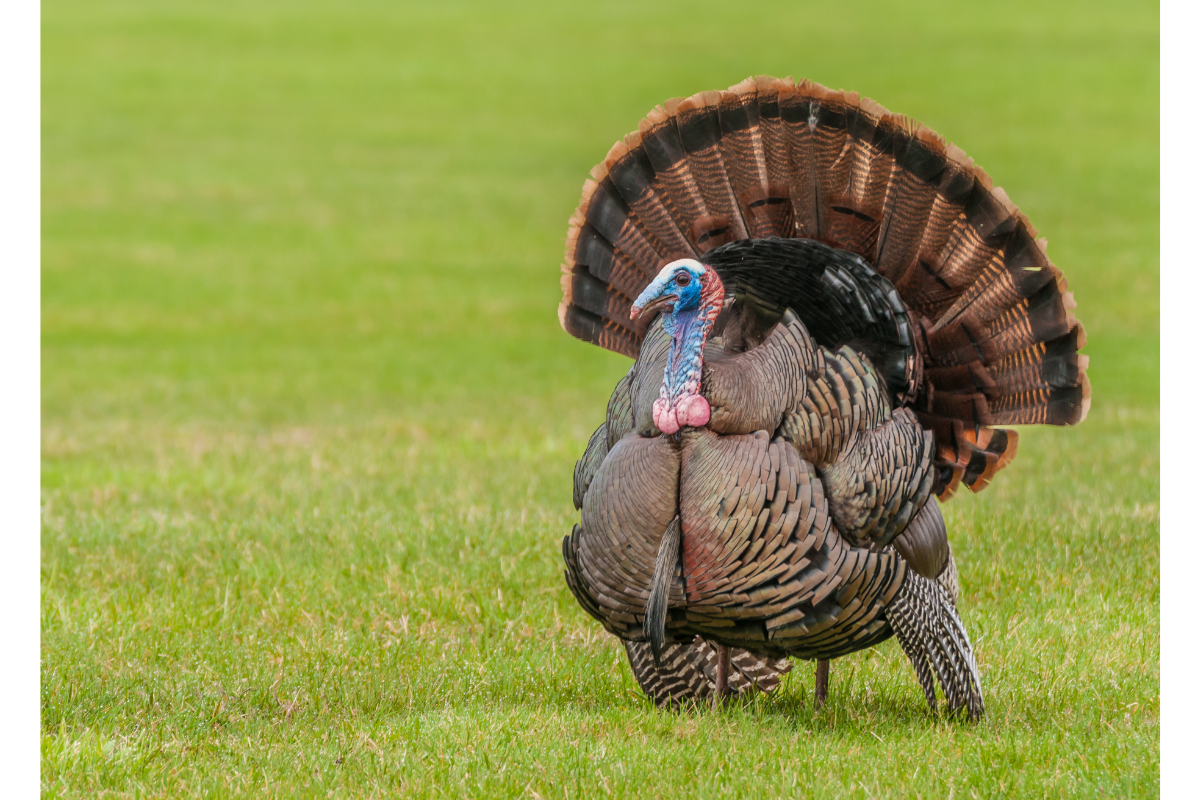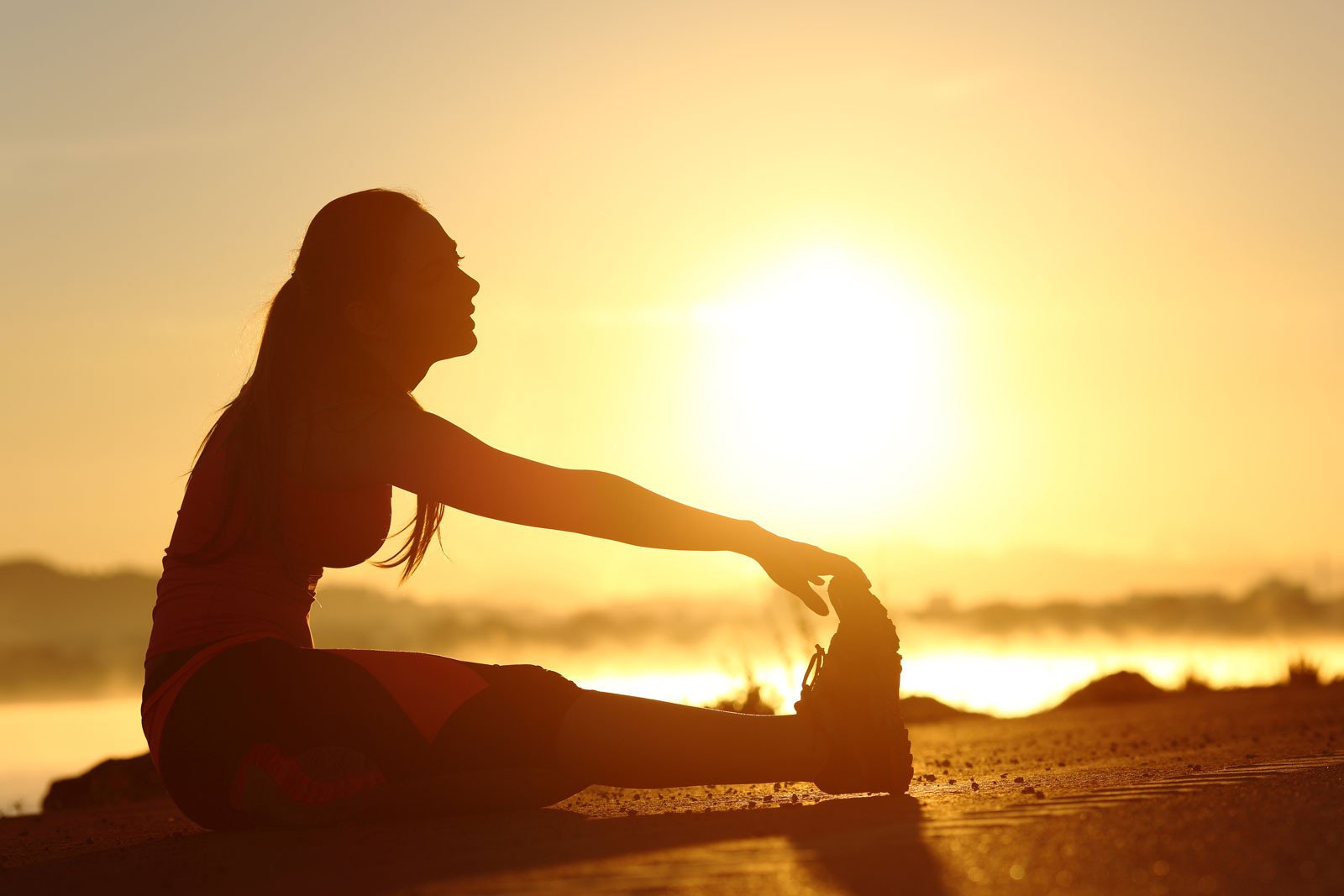Free Shipping - On Orders Over $175 (USA, Canada, UK, & AU)

How to Fall Asleep Fast With the Military Sleep Method
May 26, 2025 3 min read
Many of us have trouble sleeping, with national surveys showing that up to 40% of U.S. adults report experiencing insomnia in a given year. But while insomnia can affect nearly anyone, military personnel are extraordinarily prone to it. This isn’t surprising given the stressful and challenging nature of such a working environment.
The problem is that being sleep-deprived when in active duty can lead to fatal errors that could have been avoided with adequate sleep. That’s why the military provides techniques that prevent insomnia and help personnel cope with insufficient sleep. The military sleep method — which is said to have an efficiency rate of 96% — is one such technique that has recently become popular. If you want to know how to fall asleep in 2 minutes with this sleeping technique, keep reading.
What Is the Military Sleep Method?
The military sleep method is an old sleeping technique used by the U.S. Army to help soldiers fall asleep quickly in harsh conditions. The technique was first mentioned in a 1981 book by Lloyd Bud Winter titled Relax and Win: Championship Performance and has recently become popular, even going viral on TikTok and other social media.
In his book, Winter explains how the U.S. Navy Pre-Flight School developed a method that helped pilots fall asleep anytime, anywhere in under 2 minutes. After only 6 weeks of practice, 96% of the pilots were able to sleep even with gunfire in the background.
The method essentially combines several relaxation techniques into one: progressive muscle relaxation, body scan, guided imagery, breath focus, and even self-hypnosis. However, it does take a bit of practice to work, especially if you have severe and chronic insomnia.
But the effort is definitely worth it. Besides the method itself having a proven track record, a 2015 systematic review of studies looking into mind-body interventions concluded that these practices should be considered as treatment options for people with insomnia.
How to Practice the Military Sleep Method
The military sleep method was designed to be simple and efficient so that anyone can practice it anywhere and anytime. You might not doze off instantly on your first try, but give yourself several weeks of practice to see if this technique helps you fall asleep fast.
1. Start with your face
First, tighten your facial muscles and then slowly relax all 2 dozen of them. Close your eyes and let the muscles in your forehead, cheek, and jaw become limp. Feel the muscles in your eye socket become relaxed and let your tongue slip into whatever position it wants to.
2. Move to your shoulders
Emotional stress, tension, and sitting for long periods can make the muscles in the neck and shoulders tense. Drop your shoulders and allow the back of your neck to relax and go limp, taking deep breaths as you do so. Feel your arms and hands go heavy as you let go of shoulder tension.
3. Take deep breaths
You also want to relax your back and chest muscles by taking slow and deep breaths. The combination of deep breathing and progressive muscle relaxation sends signals to your brain that it’s time to relax and let go of anxiety.
4. Relax your leg muscles
Squeeze your quadriceps and calves for 5 to 10 seconds and slowly release them. Feel the tension in your hips and legs go and your legs get heavy and limp. Curl your toes and let your feet drop.
5. Clear your mind
Once your body feels limp and relaxed, try to clear your mind of any thoughts for 10 seconds. Imaging relaxing scenes can help get you into a meditative state. If any thoughts appear, try to move your attention from them to mental imagery or how your body feels.
6. Repeat “don’t think!”
If you’re having trouble clearing your mind of bothersome or intrusive thoughts, repeat the words “don’t think!” over and over for 10 seconds.
After 2 to 6 weeks of practice, you should be able to fall asleep in 2 minutes tops with these simple and easy steps. The logic behind them is to convince the brain that there’s no need to be on high alert, thus putting it into a relaxed and sleepy state. Paired with good sleep hygiene and mouthpieces if you’re a snorer, this technique can help you finally get the sleep you deserve.
References:
Bhaskar S, Hemavathy D, Prasad S. Prevalence of chronic insomnia in adult patients and its correlation with medical comorbidities. J Family Med Prim Care. 2016;5(4):780-784. doi:10.4103/2249-4863.201153
Neuendorf R, Wahbeh H, Chamine I, Yu J, Hutchison K, Oken BS. The Effects of Mind-Body Interventions on Sleep Quality: A Systematic Review. Evid Based Complement Alternat Med. 2015;2015:902708. doi:10.1155/2015/902708
Also in Blog

Can Turkeys Snore Or Get Sleep Apnea?
November 26, 2025 2 min read

Foods from Every Food Group which Promote Sleep
November 20, 2025 4 min read

How Weather Changes Ruin Our Sleep (And How To Fight It)
November 10, 2025 4 min read
Join our Insiders Club
Every week you will receive specials, discounts, and giveaways.
Categories
- Better Sleep
- depression
- Fitness
- funny animal
- Global Citizenship
- health
- Mental Health
- mouthpiece
- nutrition
- pillow
- Productivity
- relationships
- sleep
- sleep apnea
- sleep deprivation
- Sleep Tech
- snoring
- snoring humor
- snoring jokes
- snoring sounds
- stop snoring
- StopSnoringStartLiving
- technology
- Tongue displacement
- travel
- video
- Young Adult

